Tokyo is a city that attracts tourists from all over Japan and the world.
The capital of Japan, Tokyo, has a population of around 14 million people.
In 2015, it was ranked number one in the world for population density.
In 2021, the city gained even more attention when it hosted the Tokyo Olympics and Paralympics.
This article will explore
* Purchases or reservations made through the links in this article may result in a portion of the proceeds being returned to FUN! JAPAN.
Tokyo 23 Wards (Part 1): Imperial Palace, Jonan, Josai, Johoku, and Joto Areas
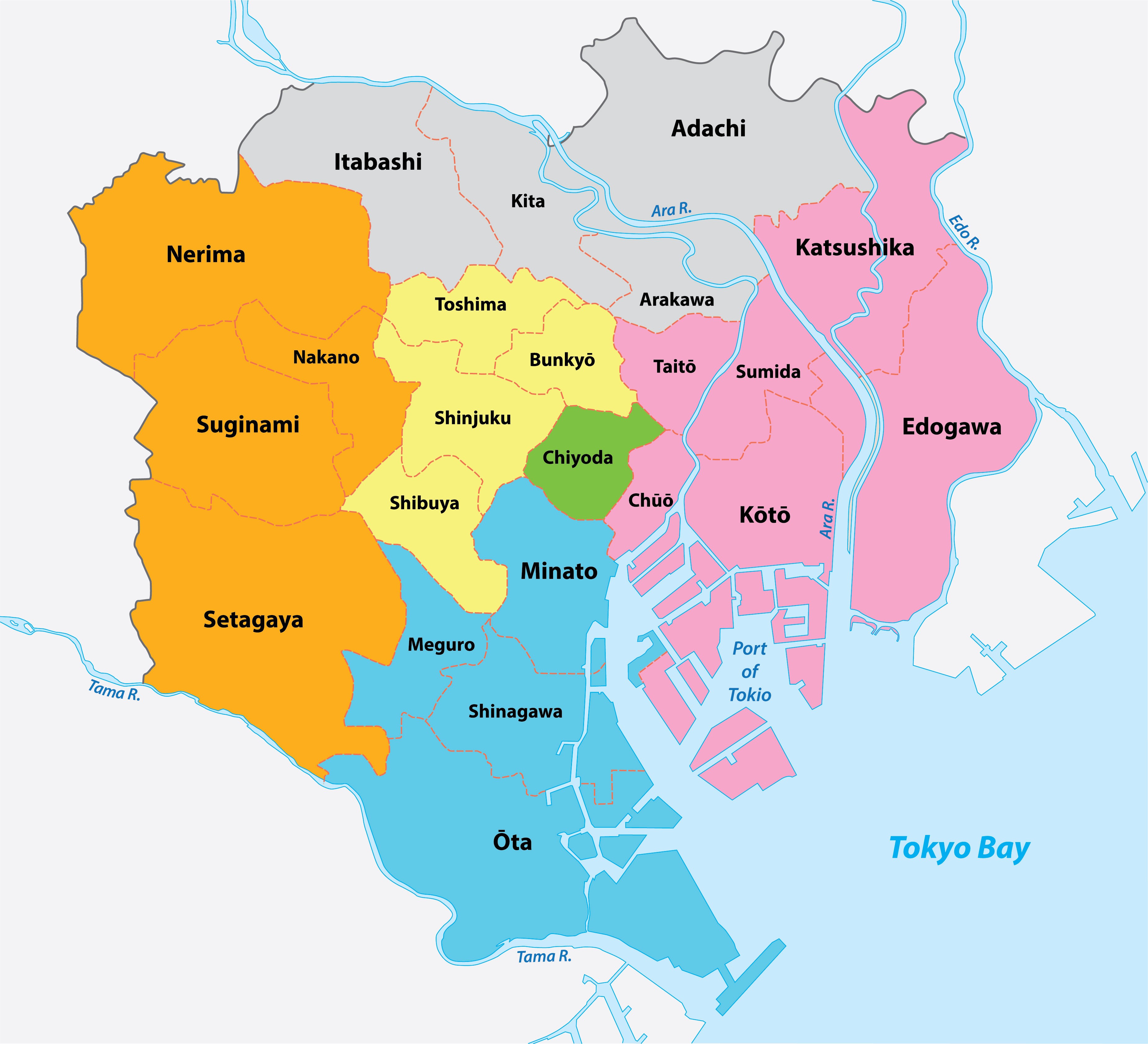
When searching for a place to rent or buy in Tokyo, you’ll often come across terms like "Jonan," "Joto," "Johoku," and "Josai."
These are the common ways real estate sites divide the city’s 23 wards, based on their location in relation to the Imperial Palace, which is located in Chiyoda Ward. The wards are divided into north, south, east, and west sections centered around the Imperial Palace.
- Imperial Palace (green): Chiyoda-ku (Tokyo Station, Ginza, Japan Bridge, Akihabara, etc.)
This area used to be home to Edo Castle and is now where the Imperial Palace, along with government offices related to the Imperial Household, is located. - Joto (pink): Taito-ku, Koto-ku, Sumida-ku, Chuo-ku, Katsushika-ku, Edogawa-ku
Located east of the Imperial Palace, this area includes famous tourist spots like Ueno, Asakusa, Ryogoku, and Oshiage, where Tokyo Skytree is located. It’s known for its Edo-period atmosphere and waterfront areas along Tokyo Bay. - Jonan (light blue): Minato-ku, Meguro-ku, Ota-ku, Shinagawa
This area lies south of the Imperial Palace and includes Shinagawa Ward, home to Shinagawa Station, as well as business districts like Shimbashi and Shiodome. It also features popular shopping spots such as Roppongi, Omotesando, and Aoyama, making it a highly urbanized area with excellent transportation access. - Josai (orange): Shinjuku-ku, Nakano-ku, Shibuya-ku, Suginami-ku, Nerima-ku, Setagaya-ku
Located west of the Imperial Palace, this area includes major districts like Shinjuku, Harajuku, and Shibuya. With its ongoing development, it plays a vital role as Tokyo's subcenter. - Johoku (gray): Itabashi Ward, Kita Ward, Toshima Ward, Bunkyo Ward, Arakawa Ward, Adachi Ward
Located north of the Imperial Palace, this area consists of six wards: Bunkyo, Toshima, Kita, Arakawa, Itabashi, and Adachi. While Ikebukuro is a bustling shopping and entertainment hub, the rest of the area retains its old-fashioned charm, with many local shopping streets.
👉 Recommended Leisure, Activities, Entertainment, and Sightseeing Spots in Tokyo
Tokyo 23 Wards (Part 2): Central Tokyo and Sub-Centers
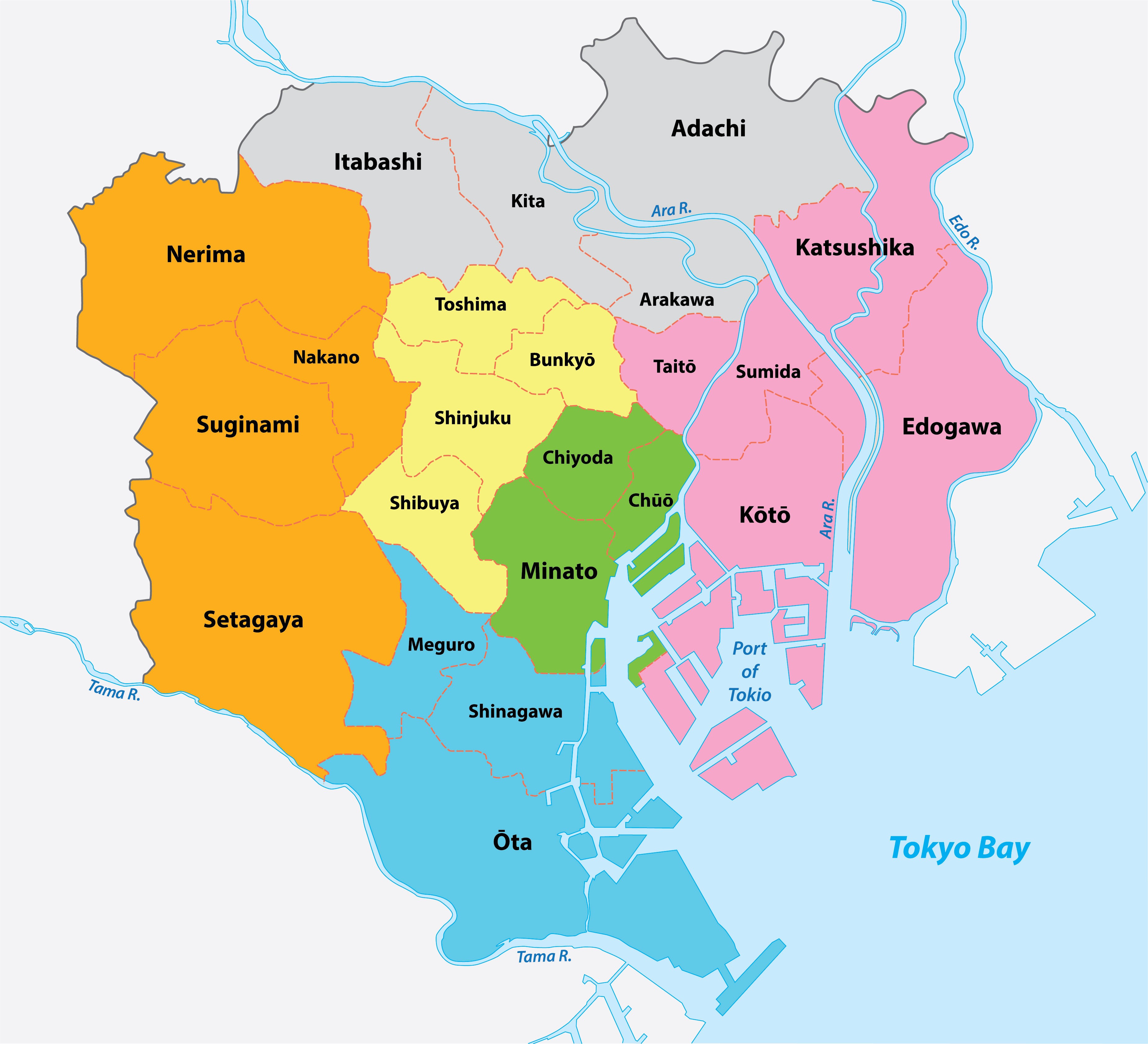
Another way to divide Tokyo is by identifying the main business areas in the center, referred to as "Central Tokyo" and "Sub-Centers," while the remaining areas are classified as East, West, South, or North.
- Central Tokyo: Chiyoda-ku, Chuo-ku, Minato-ku
The main areas of Central Tokyo include Marunouchi, Kasumigaseki, Otemachi, Nagatacho, Ginza, and the area around Tokyo Station. These three wards—Chiyoda, Minato, and Chuo—are collectively known as the "Three Central Wards." - Sub-Centers: Shinjuku, Shibuya, Ikebukuro, Ueno, Asakusa, Kinshicho, Kameido, Osaki, waterfront area, etc.
Sub-centers are major economic hubs that have developed around Central Tokyo, helping to share its functions. In Tokyo, Shinjuku, Ikebukuro, and Shibuya are key sub-centers. Additionally, reclaimed areas like Odaiba, Aomi, and Ariake are called the "Bayside Sub-Center."
Popular Tourist Spots in the Tokyo 23 Wards
Imperial Palace: A place where tradition and innovation blend seamlessly.
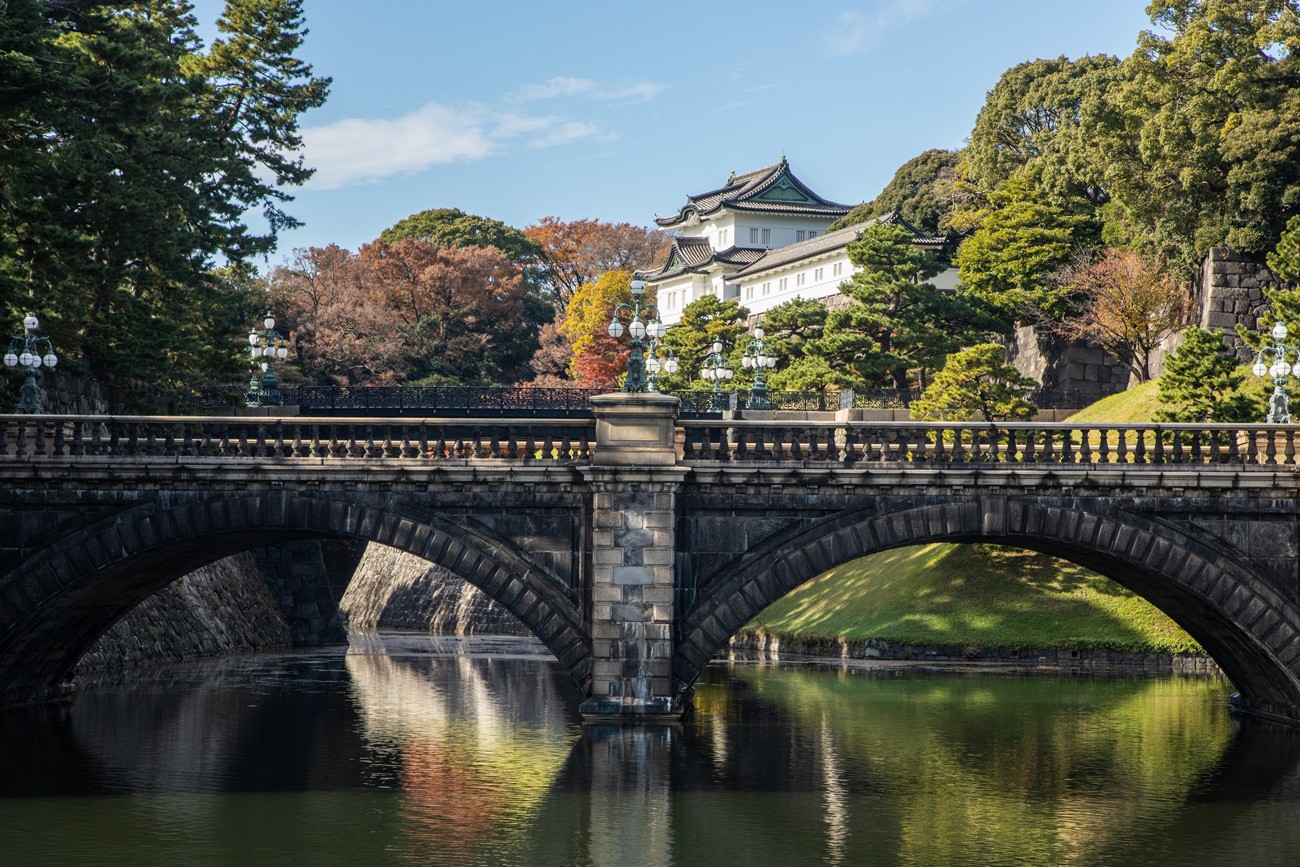
© Tokyo Convention&Visitors Bureau
Chiyoda Ward is the center of Japanese politics and culture, home to historical landmarks like the Imperial Palace and the National Diet Building. This area allows visitors to feel the rich history and traditions of Japan firsthand. In Jimbocho, a famous book district, you’ll find not only rare and antique books but also new publications and specialty books, making it a must-visit spot for book lovers.
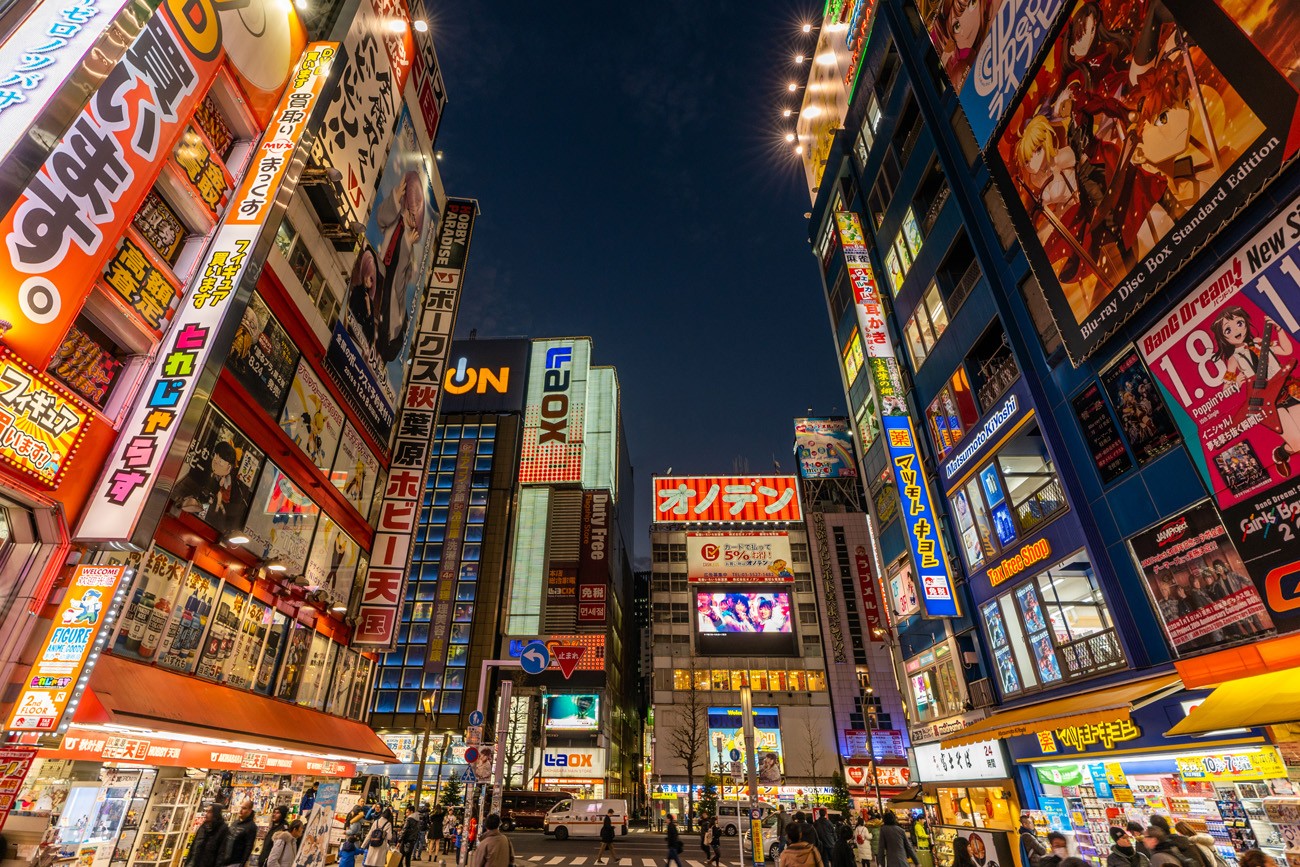
Akihabara © Tokyo Convention&Visitors Bureau
On the other hand, Akihabara offers a completely different experience, featuring the latest anime, games, and electronics, giving you a taste of Japan’s pop culture.
Joto Area: A Treasure Trove of History and Culture
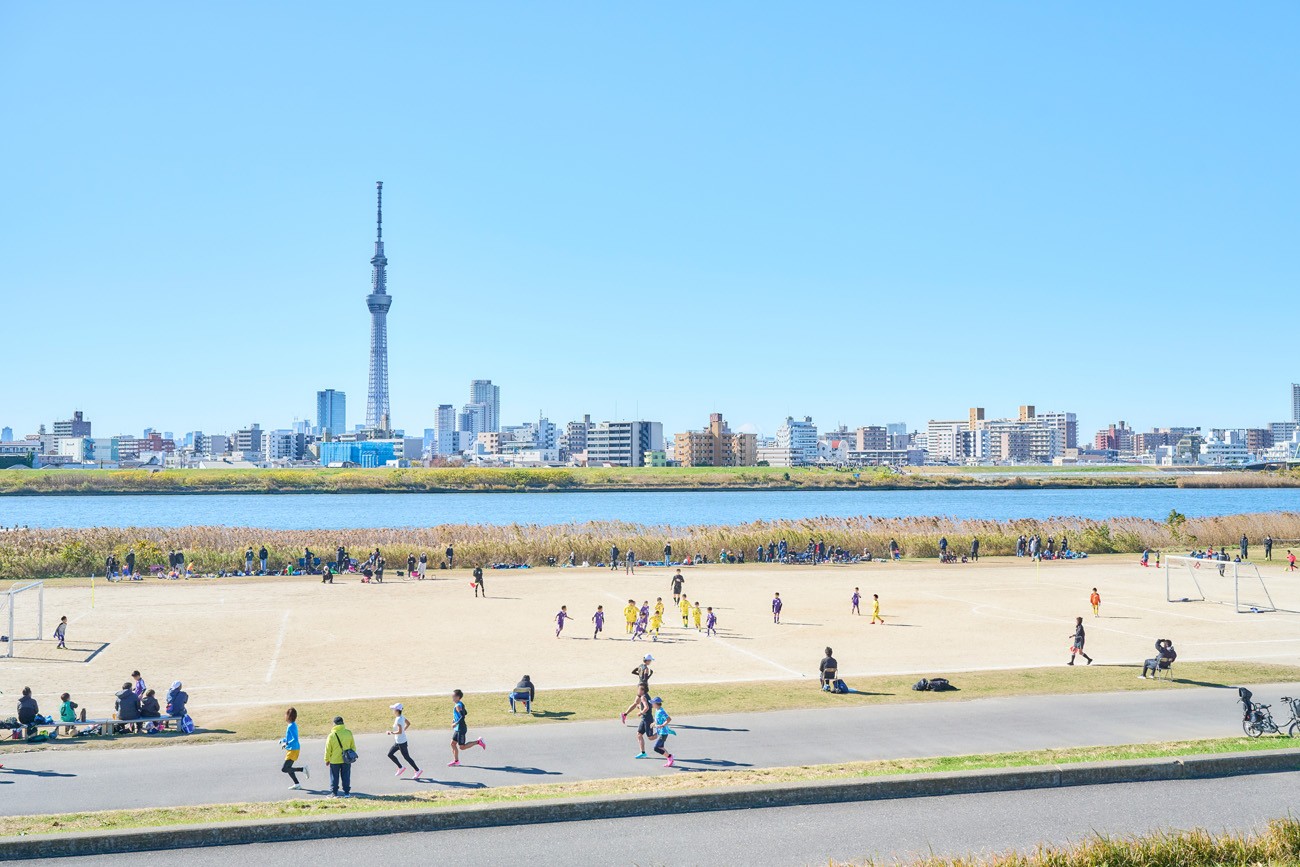
© Tokyo Convention&Visitors Bureau
The Joto area, located in eastern Tokyo, is a fascinating blend of modern skyscrapers and historic temples, where tradition meets the future. Tokyo Skytree towers over this district, symbolizing the area’s modern side.
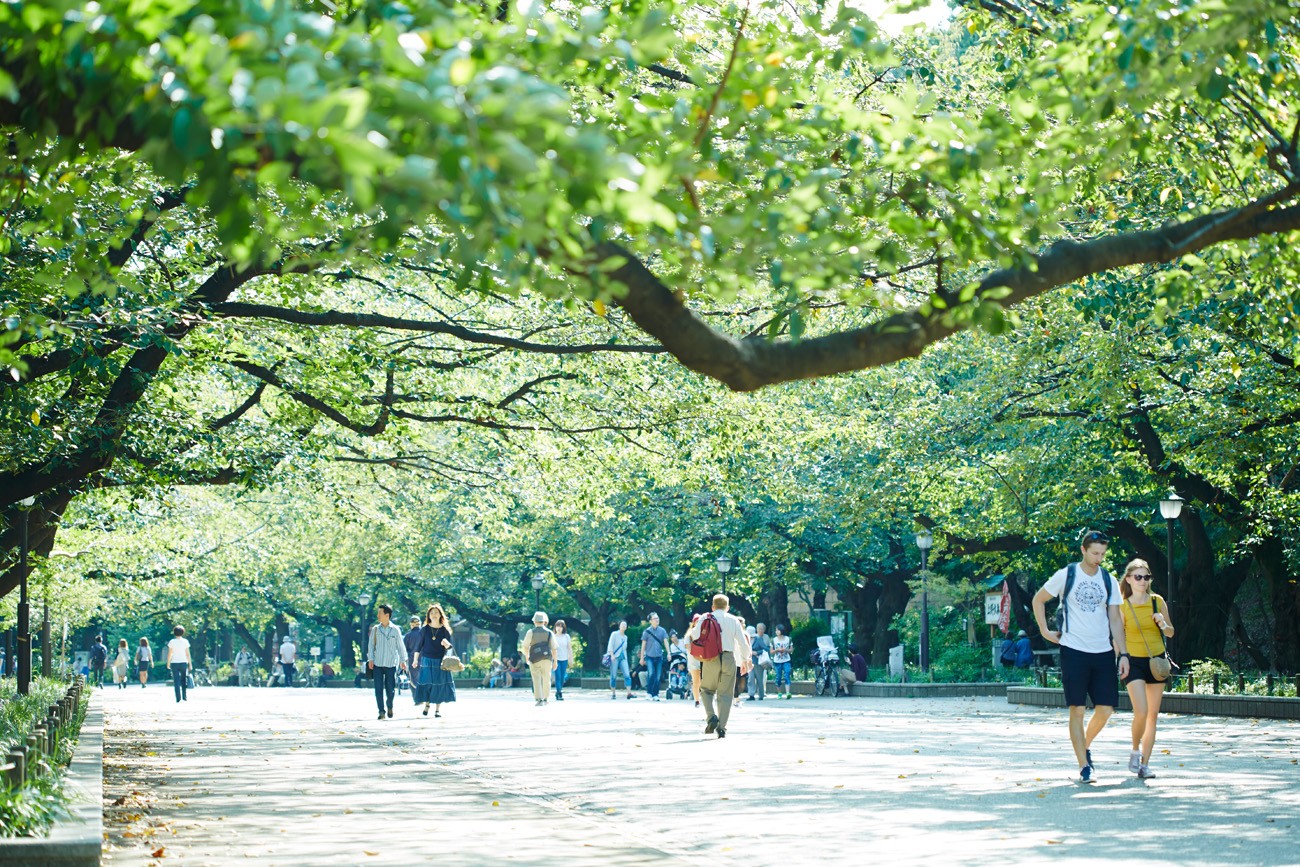
Ueno Park © Tokyo Convention&Visitors Bureau
Ueno Onshi Park is one of Tokyo’s largest and most iconic parks, offering a fusion of nature and culture. The park is home to several museums and galleries, including the Tokyo National Museum, where you can immerse yourself in Japan’s rich history and culture.
Another highlight is Senso-ji Temple, Tokyo’s oldest temple and a symbol of Asakusa. Visitors can stroll through iconic sights like Kaminarimon Gate and Nakamise Street, where traditional Japanese scenes unfold, attracting many tourists year-round.
👉Tokyo Asakusa Rickshaw Tour: Edo, Kaminarimon, Shitamachi & Tokyo Skytree | Japan
Josai Area: Trendsetting Hotspots and Urban Oases
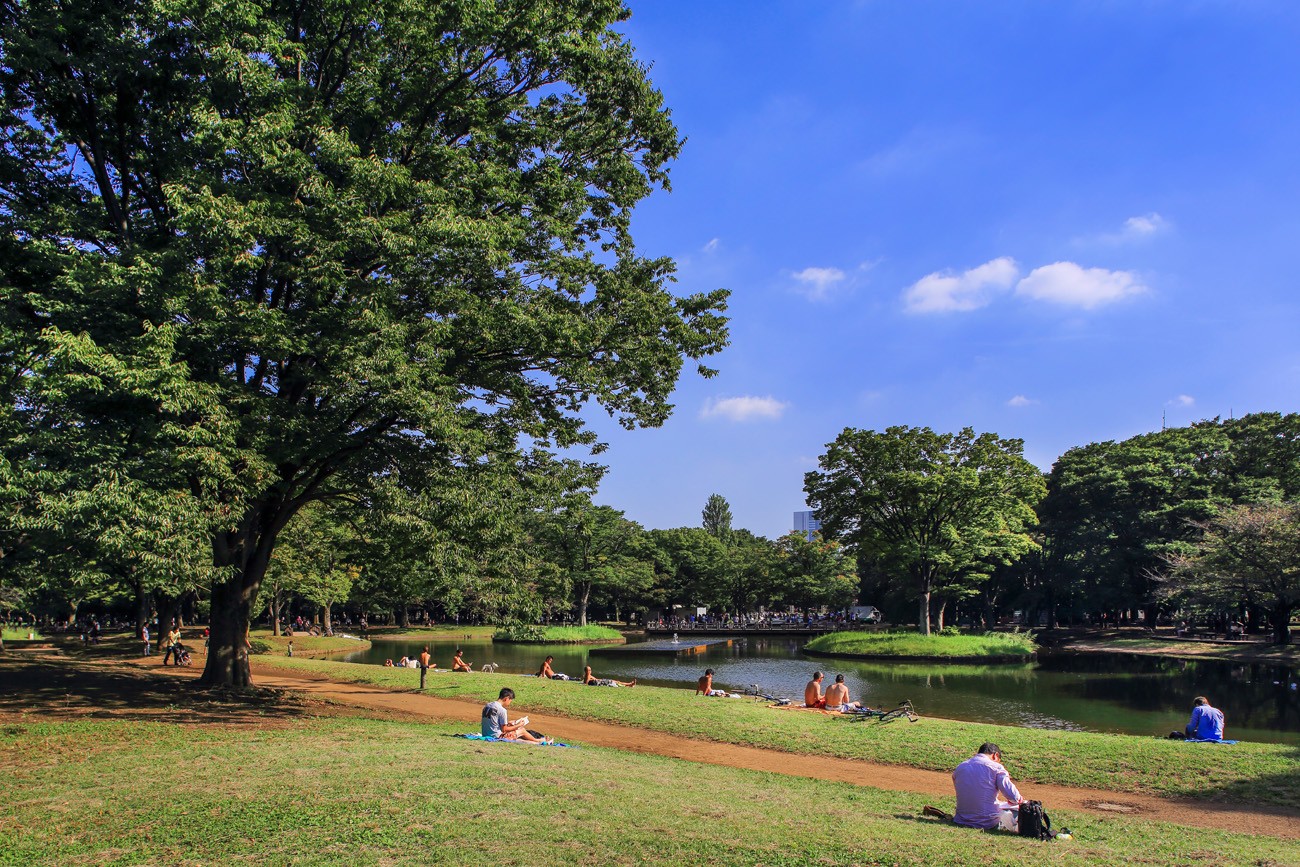
Yoyogi Park © Tokyo Convention&Visitors Bureau
The Josai area is home to trendsetting districts like Shinjuku, Shibuya, and Harajuku. These areas are known as the epicenter of cutting-edge trends in fashion, lifestyle, and pop culture. At the same time, the area offers tranquil urban oases like Shinjuku Gyoen and Yoyogi Park, providing lush, green escapes that are hard to believe exist in the middle of the bustling city.
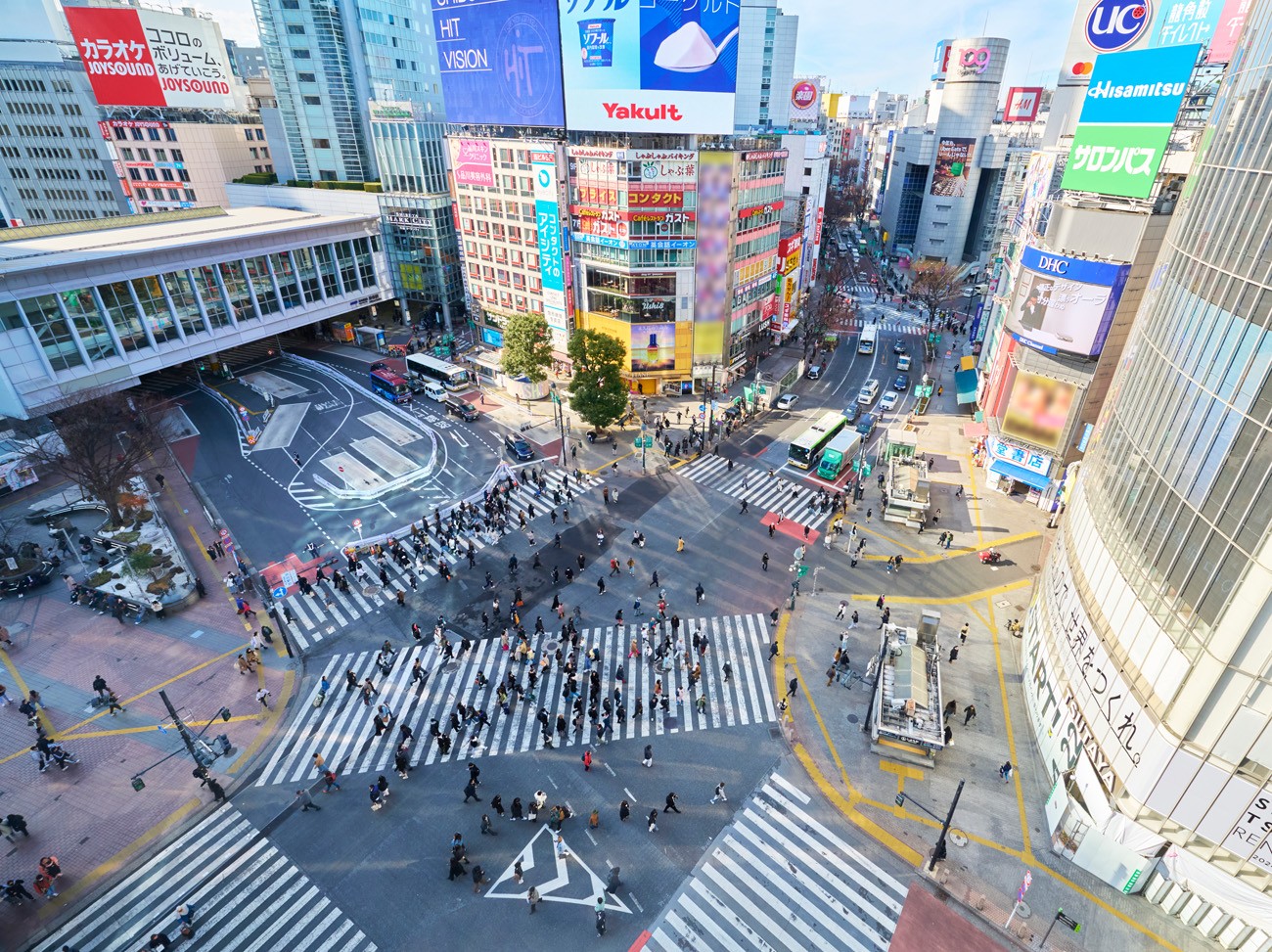
Shibuya © Tokyo Convention&Visitors Bureau
In areas like Shibuya and Daikanyama, you’ll find unique cafes and shops full of character. In neighborhoods like Ebisu and Sangenjaya, you can enjoy everything from Michelin-starred restaurants to beloved local izakayas, offering a wide range of gourmet experiences.
Whether you're enjoying a quiet read in a serene park, catching up with friends at a stylish cafe, or indulging in a special dinner at a fine restaurant, the Josai area offers countless ways to spend your day.
👉The SHIBUYA SKY Observatory E-Ticket | Tokyo (Receive Voucher Instantly)
Jonan Area: Where Luxury Residential Areas Meet Nature
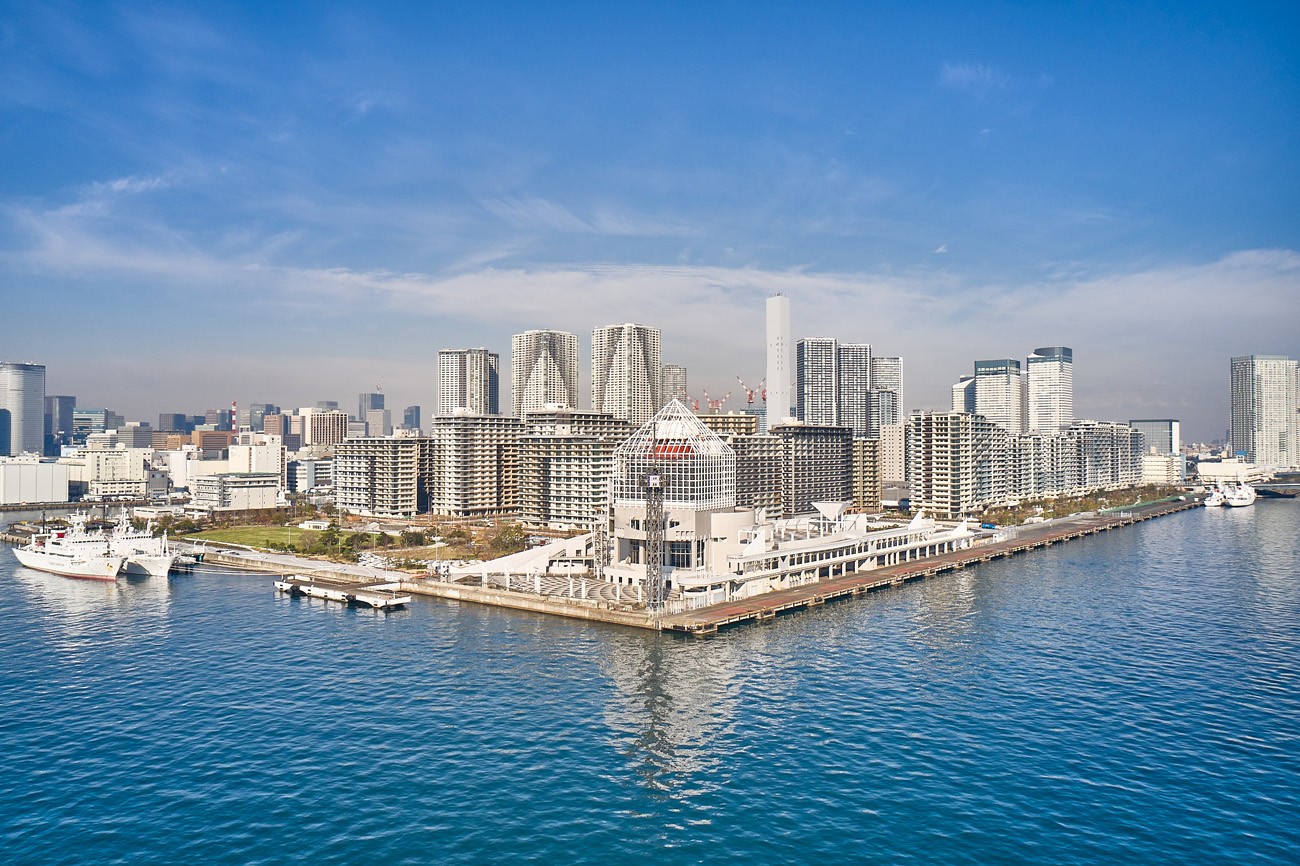
Harumi Wharf © Tokyo Convention&Visitors Bureau
The Jonan area is renowned for its upscale residential neighborhoods. However, it also boasts a wealth of spots where history and nature harmoniously coexist. In Shinagawa Ward, highlights include Shinagawa Shrine and Gotenyama Garden, which was a famous cherry blossom viewing spot during the Edo period.
Meguro River in Meguro Ward is another popular spot, especially in spring when its cherry blossom trees bloom beautifully, attracting visitors for a scenic stroll. Jonan is also home to Haneda International Airport, Tokyo’s gateway to the world.
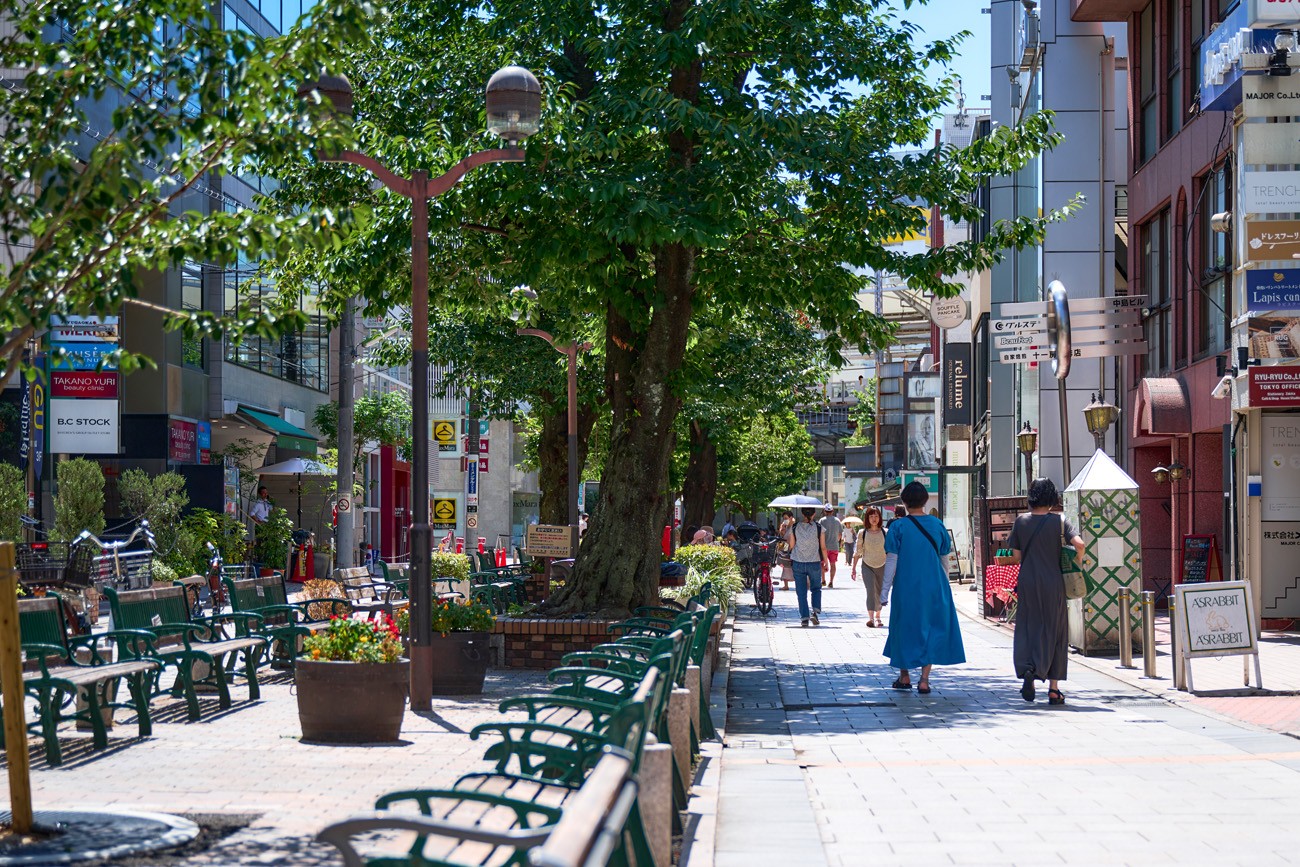
Jiyugaoka © Tokyo Convention&Visitors Bureau
Jiyugaoka is well known for its sophisticated atmosphere, lined with unique cafes and shops. It's a trendy area where you can spend an entire day exploring, shopping at curated boutiques, and enjoying its stylish charm.
Jonan Area: An Oasis to Refresh Away from the City
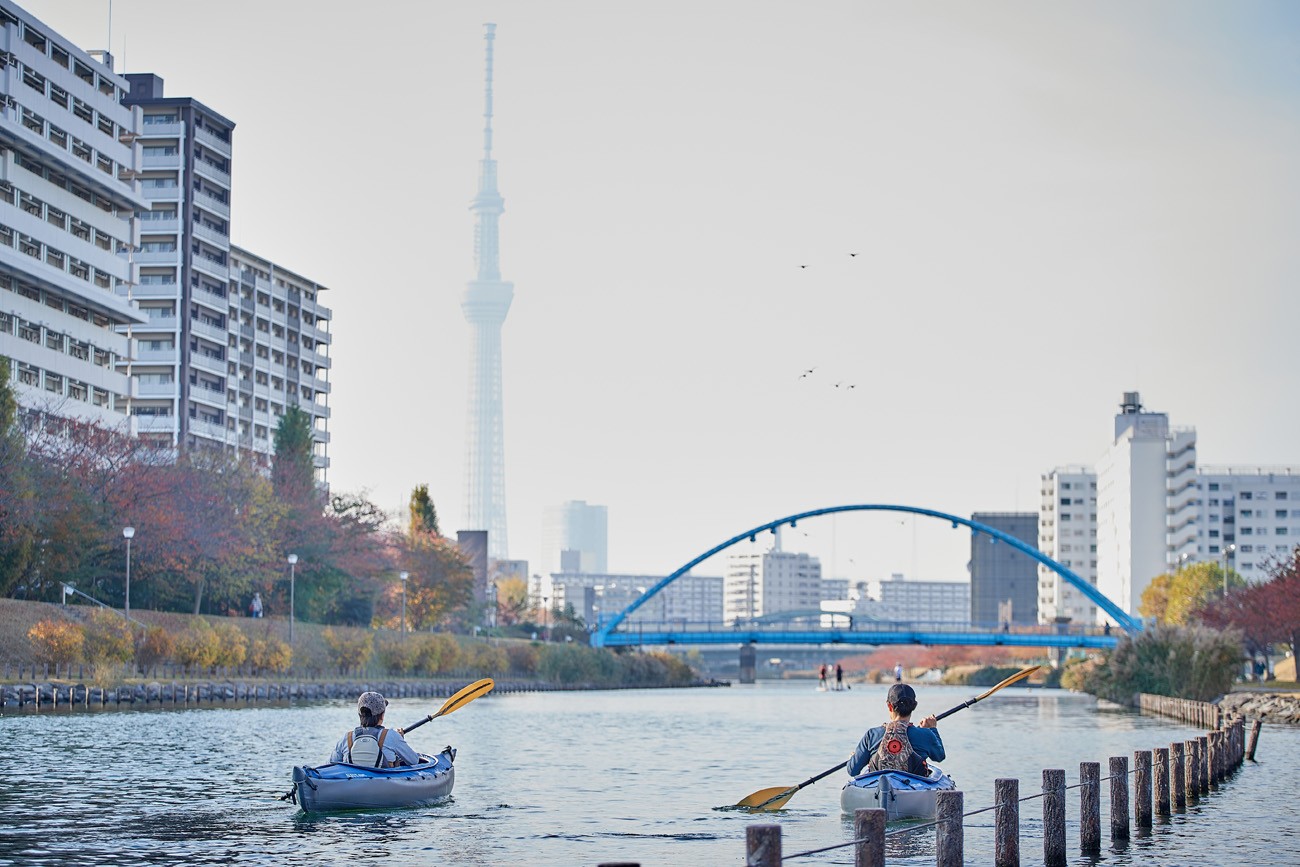
Arakawa © Tokyo Convention&Visitors Bureau
The Jonan area offers a blend of abundant nature and historical richness, making it a perfect escape from the city. You can enjoy picnics in expansive riverside parks, explore historic temples and shrines, or shop along lively, quirky shopping streets—there’s no shortage of ways to relax.
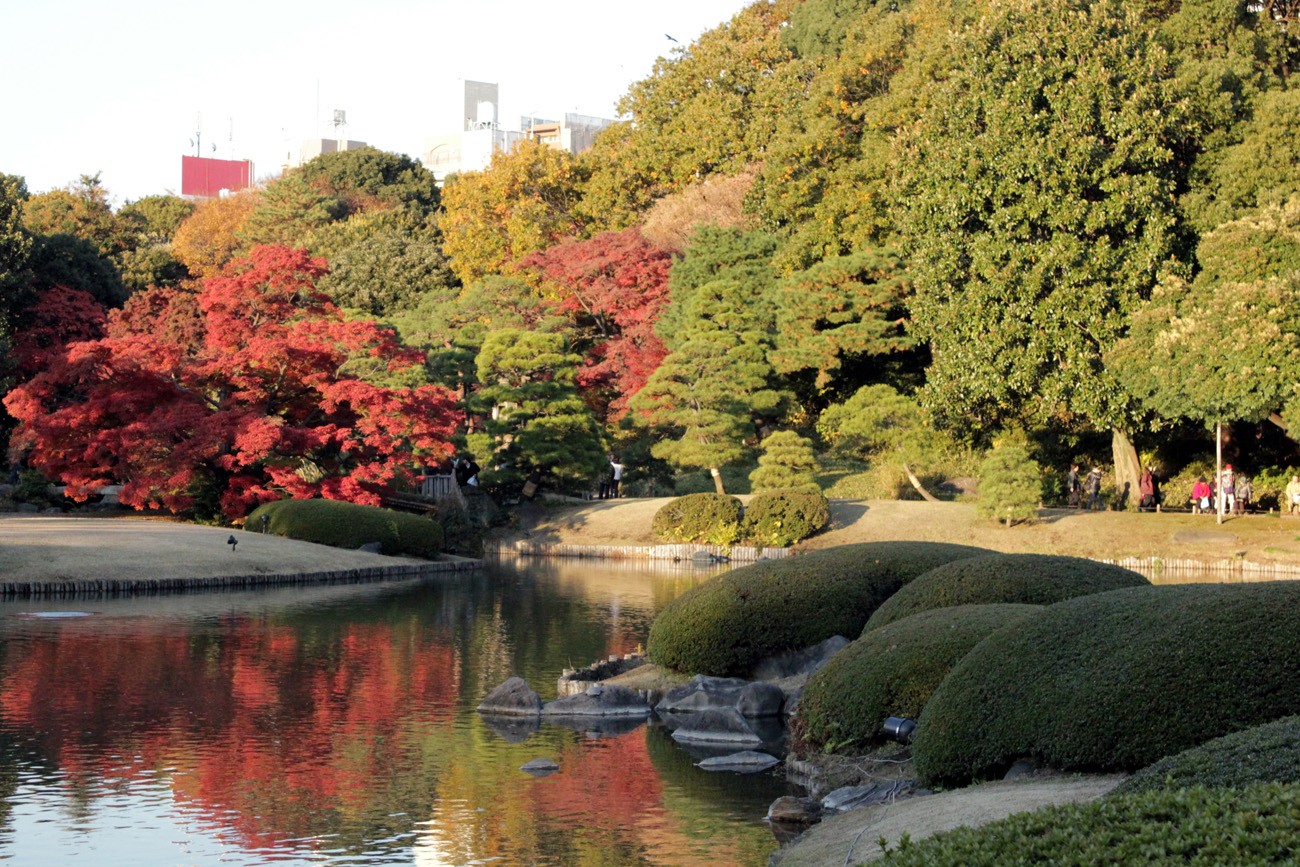
Rikugien Garden © Tokyo Convention&Visitors Bureau
Bunkyo Ward, in particular, is known for its calm, academic atmosphere, home to several prestigious universities. You’ll often see students dedicated to their studies in this peaceful environment. Meanwhile, Ikebukuro in Toshima Ward is always bustling with activity, thanks to its large commercial complexes and theaters. Jonan is perfect for those looking to take a step back from the city’s hustle and bustle to enjoy some time to themselves.
Tama Region: Cities and Towns in the Tokyo Suburbs
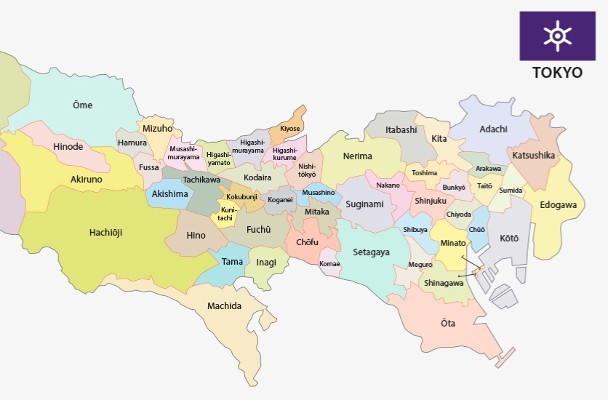
The Tama region refers to the municipal areas of Tokyo, excluding the 23 wards and the Tokyo Islands, comprising 26 cities, 3 towns, and 1 village.
The atmosphere and characteristics of the Tama area vary significantly between the eastern side, closer to the 23 wards, and the western side, which is near Yamanashi Prefecture.
Broadly speaking, the Tama area is divided into three sections:
- Northern Tama: Mitaka City, Chofu City, Koganei City, Fuchu City, Musashino City, Komae City, Higashimurayama City, Kodaira City, Kokubunji City, Kunitachi City, Higashiyamato City, Kiyose City, Higashikurume City, Musashimurayama City, Nishitokyo City, Tachikawa City, Akishima City
- Southern Tama: Hachioji City, Hino City, Machida City, Tama City, Inagi City
- Western Tama: Ome City, Hinode Town, Hamura City, Akiruno City, Mizuho Town, Fussa City, Hinohara Village, Okutama Town
Tokyo Islands Area
There are 11 islands that make up Tokyo's islands:
Nine Izu Islands: Oshima, Toshima, Niijima, Shikinejima, Kozushima, Miyakejima, Mikurajima, Hachijojima, Aogashima
Two Ogasawara Islands: Chichijima, Hahajima
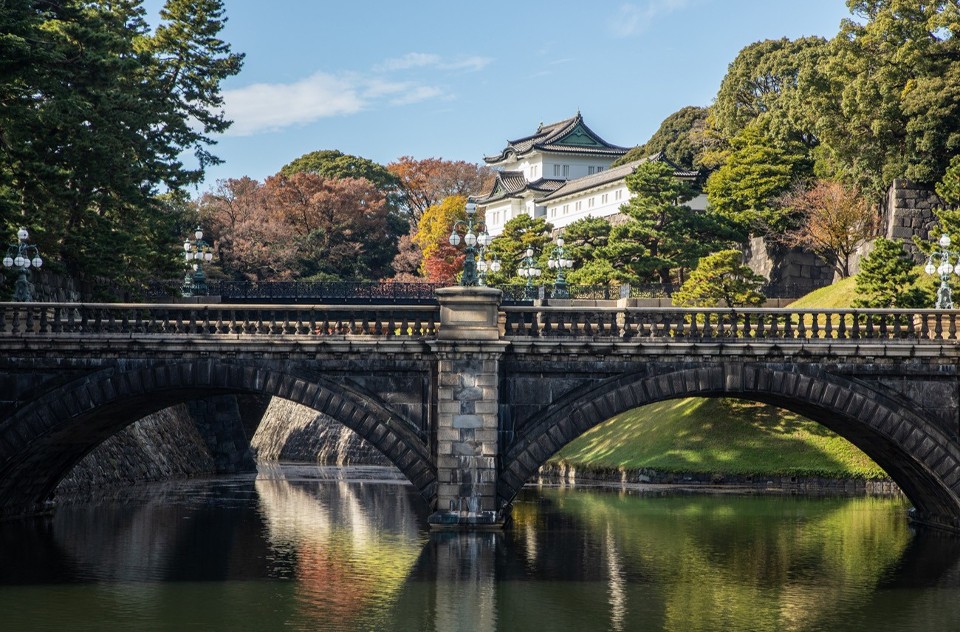
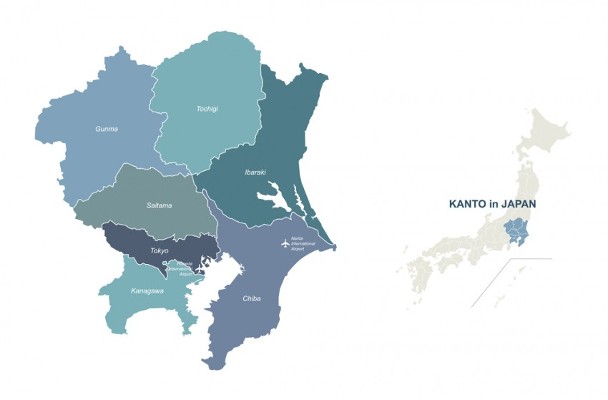

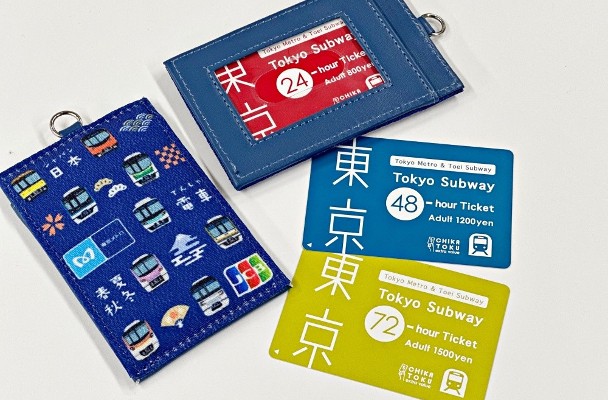
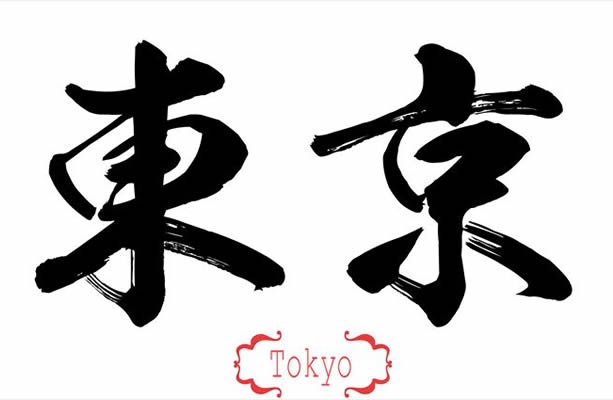
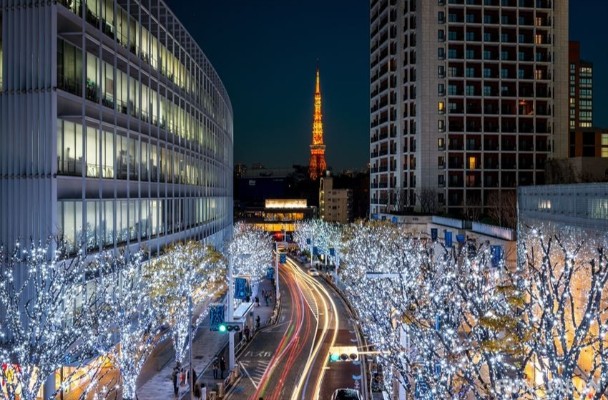
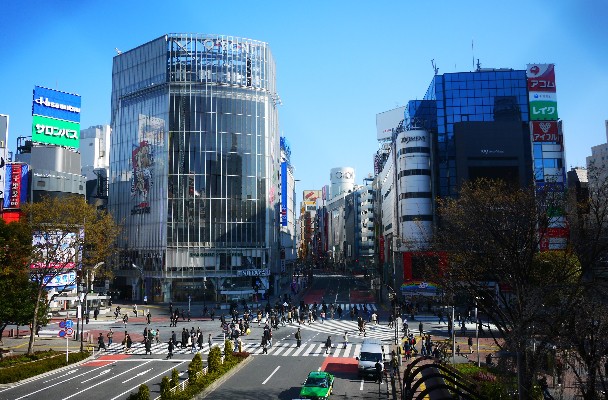
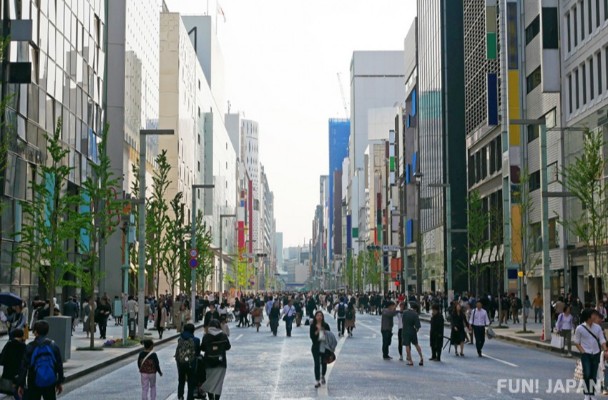
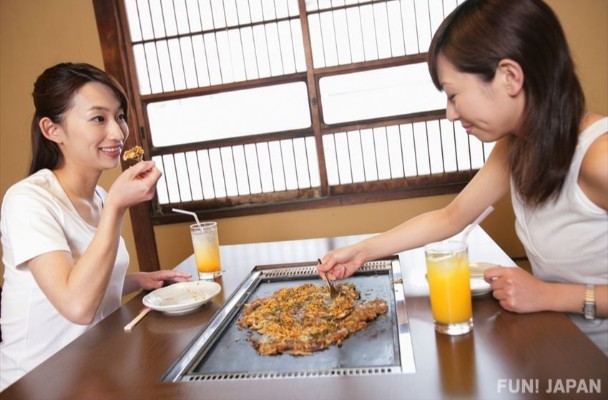

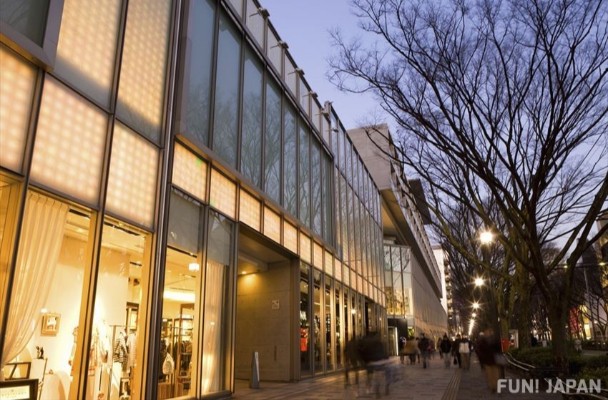
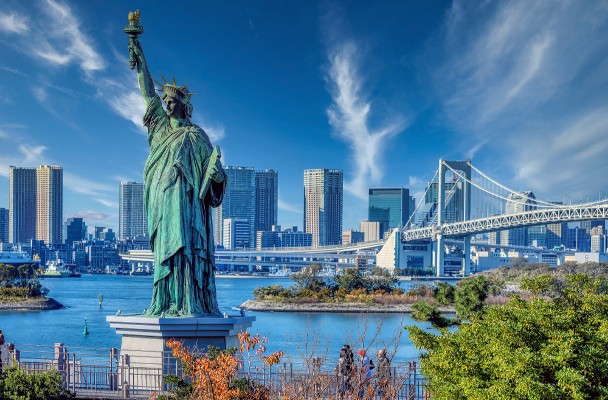
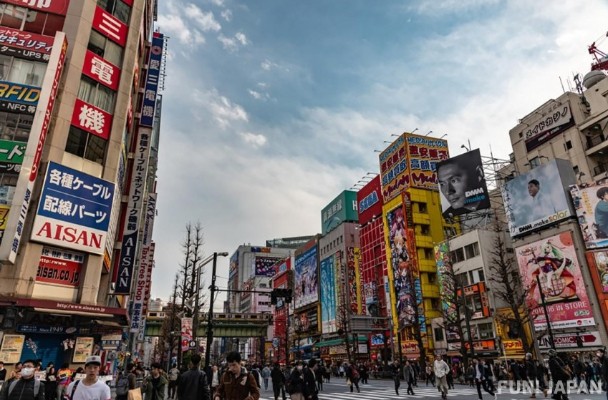
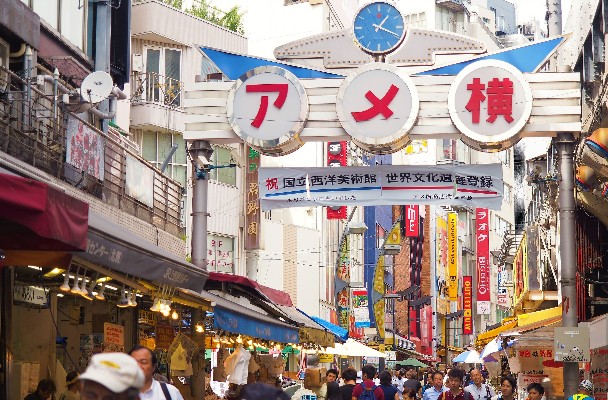
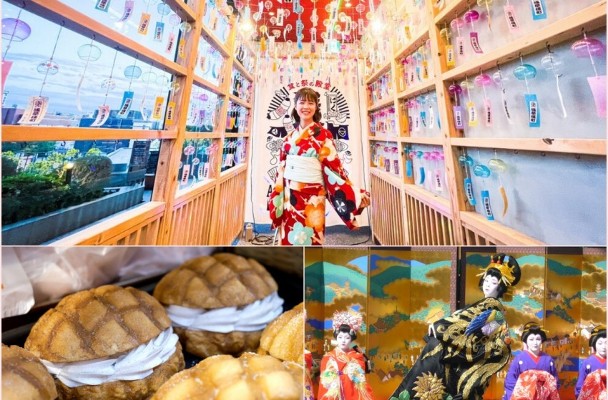
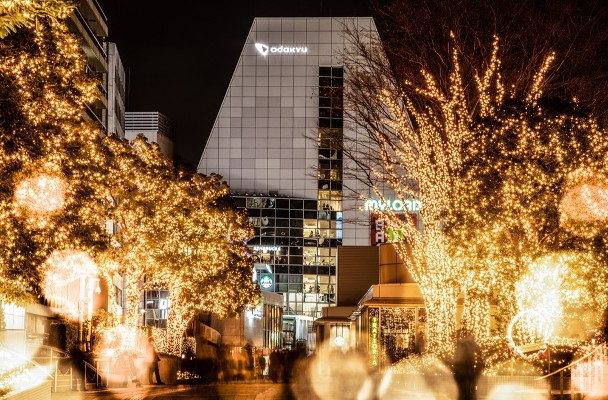
Comments